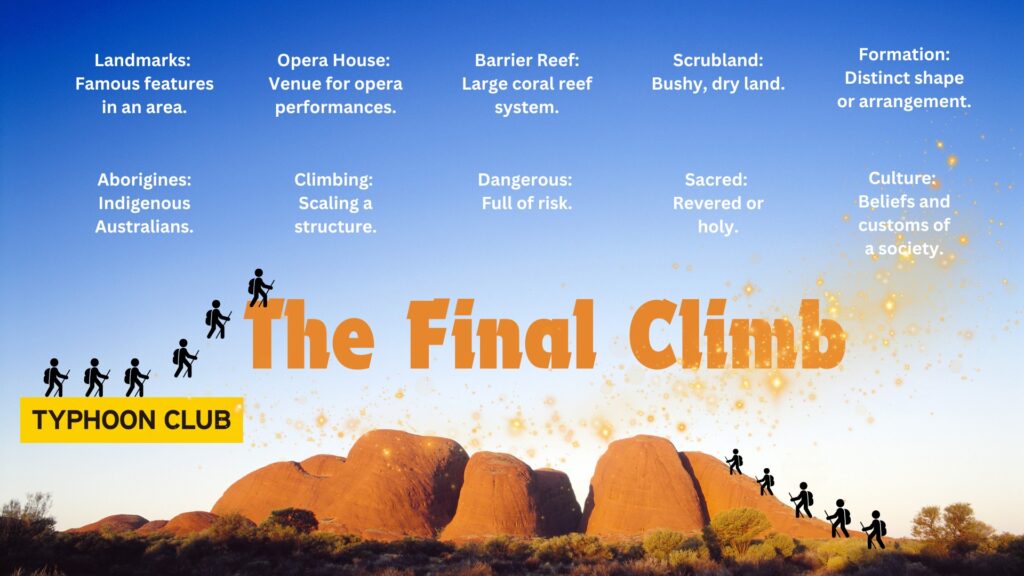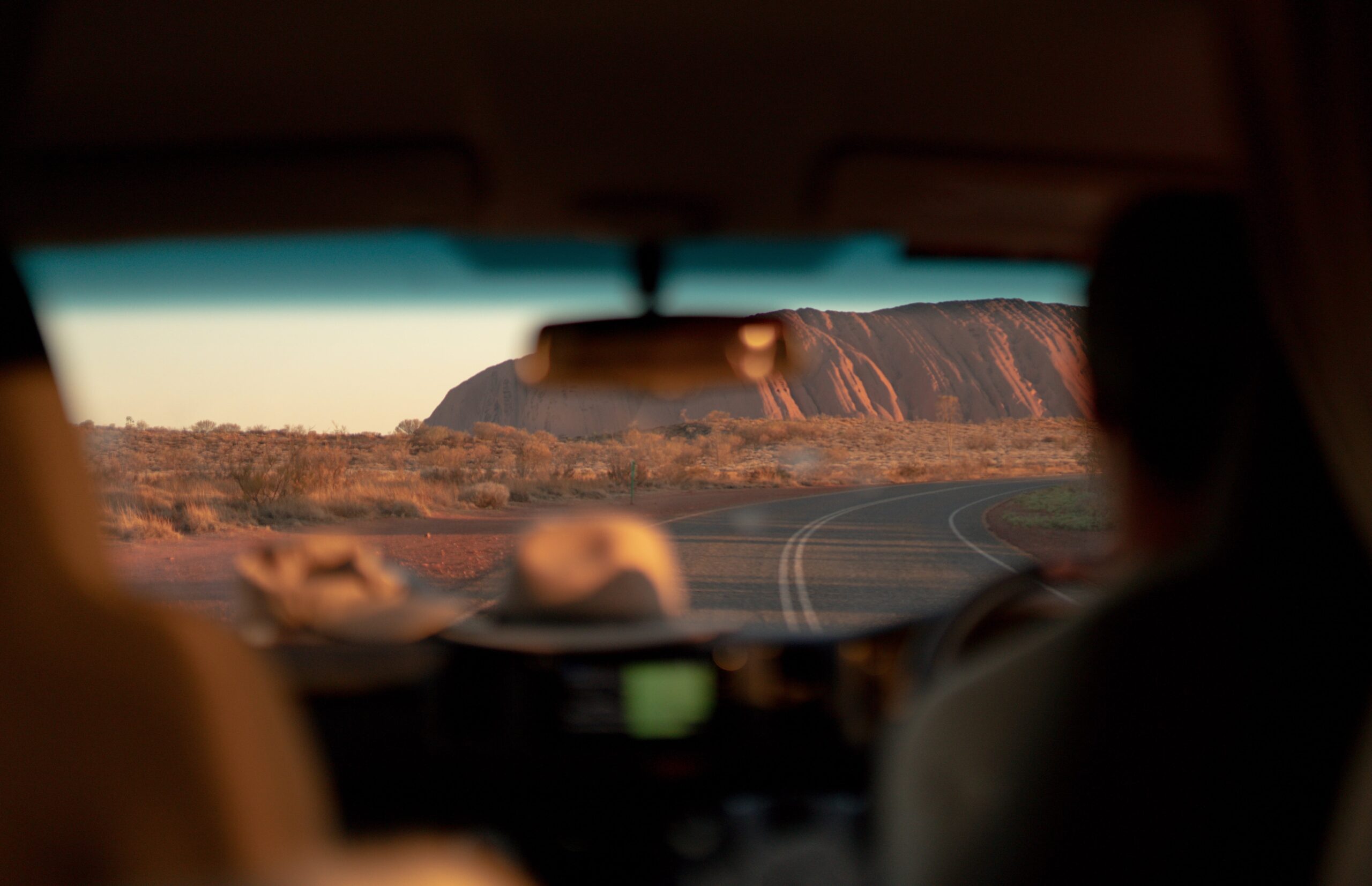
Australia boasts many famous landmarks, but Ayers Rock, known as Uluru, stands as a prominent favourite. This colossal sandstone formation, located in the southern part of Australia’s Northern Territory, holds immense cultural significance for the indigenous Aboriginal people. The question of whether to climb Uluru, despite its spiritual importance, has sparked a contentious debate that has raged for over 30 years.
Australia enjoys many famous landmarks. Which one is the most famous? It could be Sydney Harbour with the amazing Opera House. Some may suggest the Great Barrier Reef or Bondi Beach. One of our favourites is known as Ayers Rock. It’s also known as Uluru. It’s the world’s second-largest sandstone rock, and it can be found in the southern part of Australia’s Northern Territory.
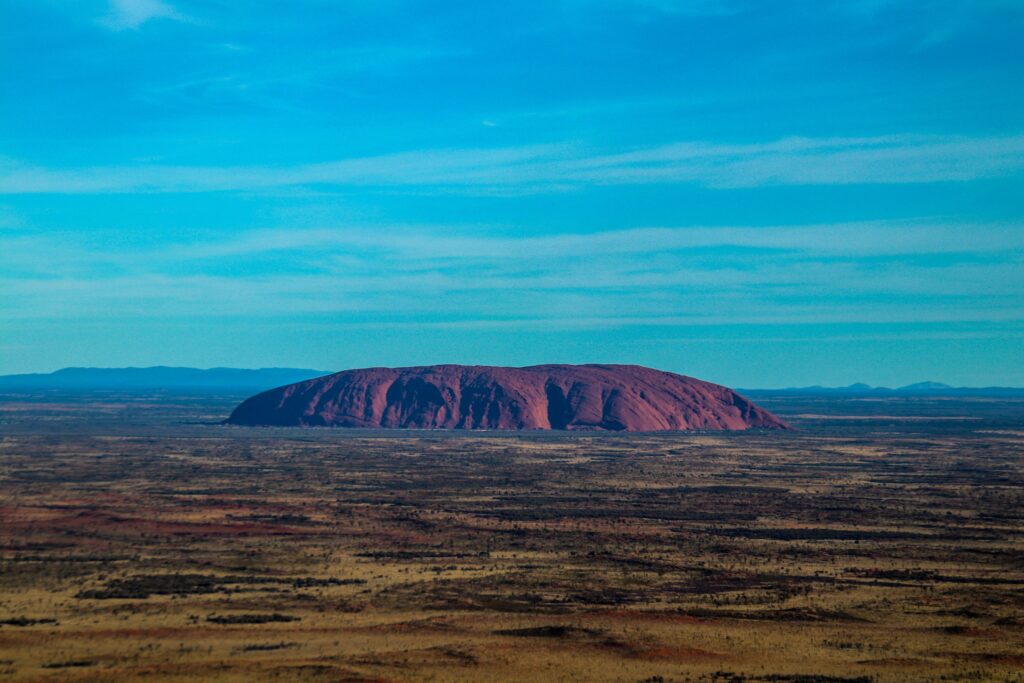
Millions of years ago, it was at the bottom of an ocean. Today it grows from the sand and the scrubland into an 848-metre-high rock formation, 3.6 kilometres long and nearly two kilometres wide. It is believed that the rock has been there for 600 million years. Aborigines began living in the area 10,000 years ago. In comparison to Uluru, the aborigines are newcomers.
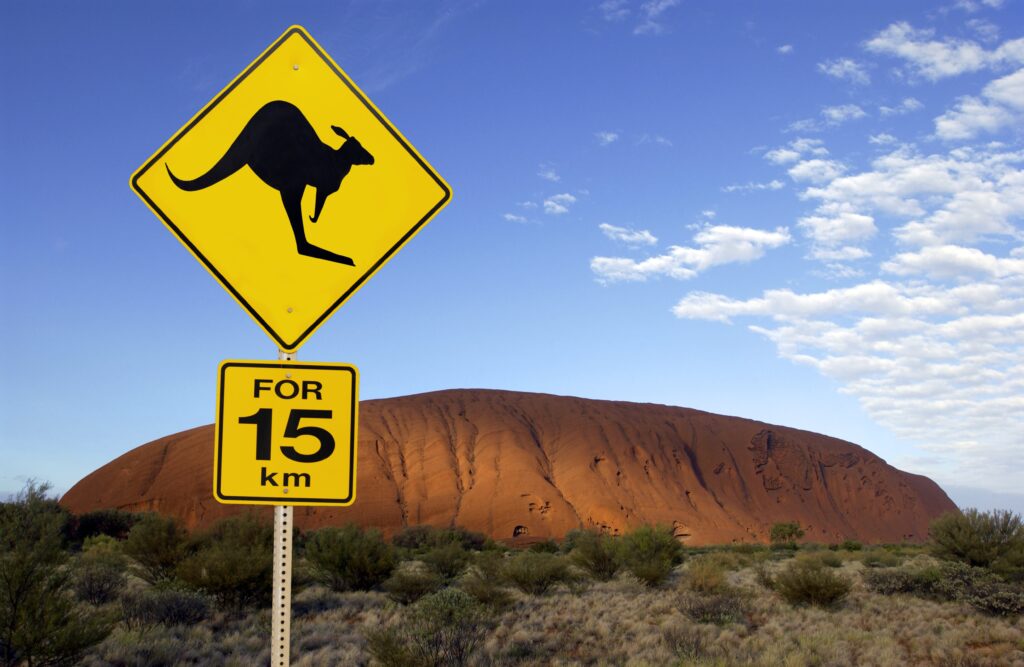
For many tourists, when they see such a huge rock formation they are tempted to climb it. Just looking at Uluru in awe from ground level is not enough for them. But climbing is not a good idea, even though there is a marked path and a chain to hang on to. It’s very dangerous, especially after rainfall when the rock becomes slippery. Thirty-seven people have died since the 1950s trying to climb Uluru – most from heart attacks. Hundreds more have had to be rescued, usually after slipping down into one of the rock’s many deep crevices.
For many years, Aborigines have wanted to stop anyone from climbing Uluru. For them it is an extremely important and sacred place, not a playground. Some of the rocks are believed to represent Aboriginal spirits. Rituals are still held in the caves found at the ground level of Uluru. Aborigines are very happy to see people from all over the world come to look at Uluru. They just do not want visitors climbing it. Instead of climbing, they should learn more about Aborigines and their culture.
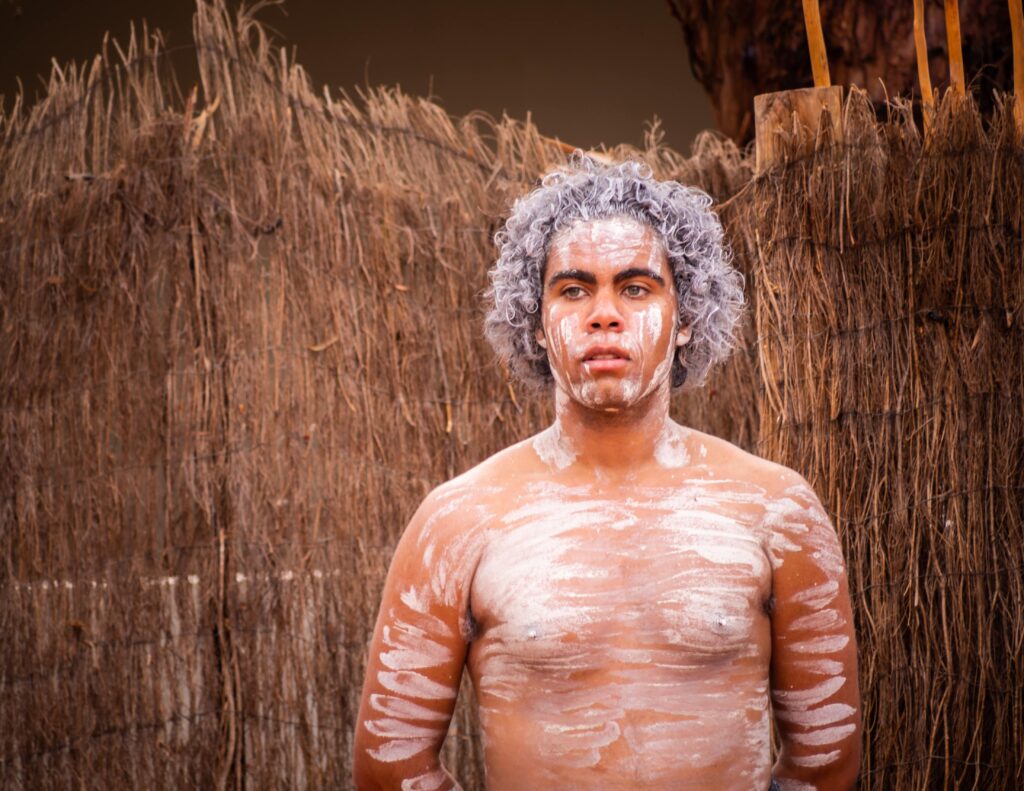
Whether to close Uluru to visitors or not has been debated at every level for over 30 years, since the land was handed to the Aborigines by the UNESCO. A board of 12 members has now decided that from October 2019, Uluru cannot be climbed. Visitors can only look at it in awe.
Today, about 300,000 people visit Uluru. About 16 percent of them ignore the signs requesting visitors not to climb this rock. Will the new ruling stop anyone from climbing it?
Question:
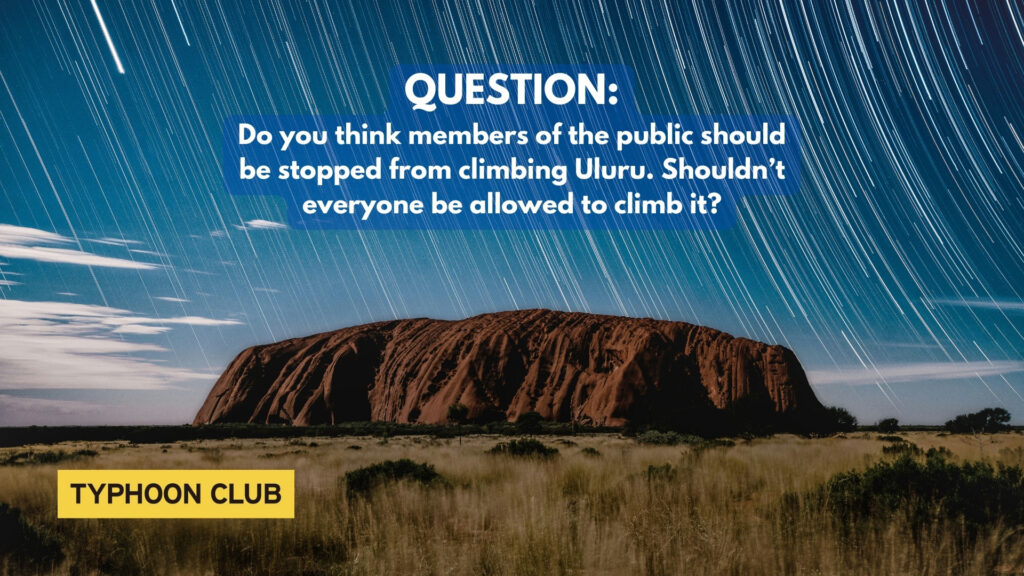
The last day to climb Uluru
VOCABULARY
